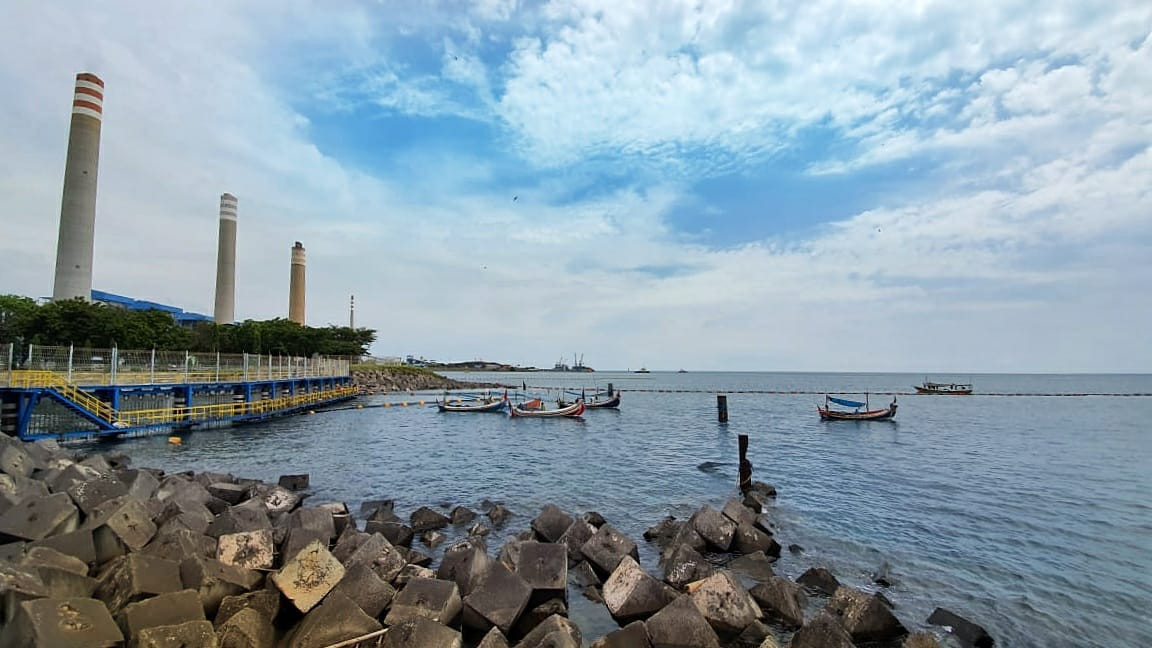Popular Reads
Top Results
Can't find what you're looking for?
View all search resultsPopular Reads
Top Results
Can't find what you're looking for?
View all search resultsCaptive to power
It's not easy to shut down power plants that cost billions of dollars to build, many of which have most of their planned operational period still ahead of them.
Change text size
Gift Premium Articles
to Anyone
I
t is not a secret that Indonesia’s energy transition will cost immense sums of money. Yet all we keep hearing about is win-wins.
The International Energy Agency (IEA) estimated in 2022 that an annual US$35 billion in additional investment is required in Indonesia’s power sector until 2030 to comply with internationally agreed climate goals. The $20-billion Just Energy Transition Partnership (JETP) will not cover even one year of that. Let that sink in first.
Now, Indonesia’s energy transition in the power sector rests on three main pillars. Aside from massive investment in renewable energy capacity and measures for improved energy efficiency, the early retirement of coal-fired power plants is crucial for the country to reach its goal of net-zero carbon emissions.
Unsurprisingly, that last one is causing the greatest headache in a country that has abundant coal reserves and relies heavily on those reserves to satisfy its growing energy hunger. Coal still accounts for more than 40 percent of Indonesia’s electricity mix.
It is not hard to make a business case for investment in renewable energy as well as energy efficiency. Legal frameworks may need to be tweaked, such as with more appealing feed-in tariffs or incentives to insulate buildings, but getting the private sector to engage is easy to achieve here.
The same cannot be said when it comes to shutting down power plants that cost billions of dollars to build, many of which have most of their planned operational periods still ahead of them.
This part of the energy transition will be impossible to achieve on a commercial basis because there simply is not much of an investment opportunity. Somebody needs to sink money into those projects that will never come back.
Captive power plants, which supply electricity for a specific industrial or commercial facility and are typically managed by the owner of that facility, are particularly hard to deal with in this regard because instead of talking to state-owned electricity company PLN, tackling this issue requires negotiations with many private parties.
These plants, however, account for most of the new coal power capacity in the pipeline, and if they get built as planned, they will make up a substantial share of the country’s overall coal power capacity.
No wonder they have become an obstacle to Indonesia’s efforts to meet its climate goals agreed under the JETP. A proven commitment to those targets is a condition for the deployment of funds from the International Partners Group.
It is hard to fathom that so basic an issue, which was discernable a long time ago for anyone willing to look, threw a spanner in the works of Indonesia’s energy transition just as the JETP Secretariat was to present the Comprehensive Investment and Policy Plan (CIPP) earlier this month.
That has now been pushed back to “later this year.”
A lot of the additional electricity demand in the country comes from energy-intensive industries, such as smelters and other mineral-processing facilities. This in turn is driving demand for captive power plants, which can make their operators independent of public power grids.
Therefore, captive power cannot be ignored or sidelined in the CIPP. It is clearly part of the problem, so it must also be part of the solution.
Run by private firms, goodwill alone will not solve the issue. The state, and by extension PLN, have a political interest and responsibility to engage in talks to shut down coal plants early. For captive power projects, however, hard cash will naturally matter more.
An honest conversation about the costs of the energy transition is therefore long overdue. We need to get real about the fact that not all projects are commercially viable, and someone is going to have to pay for the ones that are not. Indonesia is going to need help.
Now is the time to talk about who will pay what. Any takers? Anyone at all?











